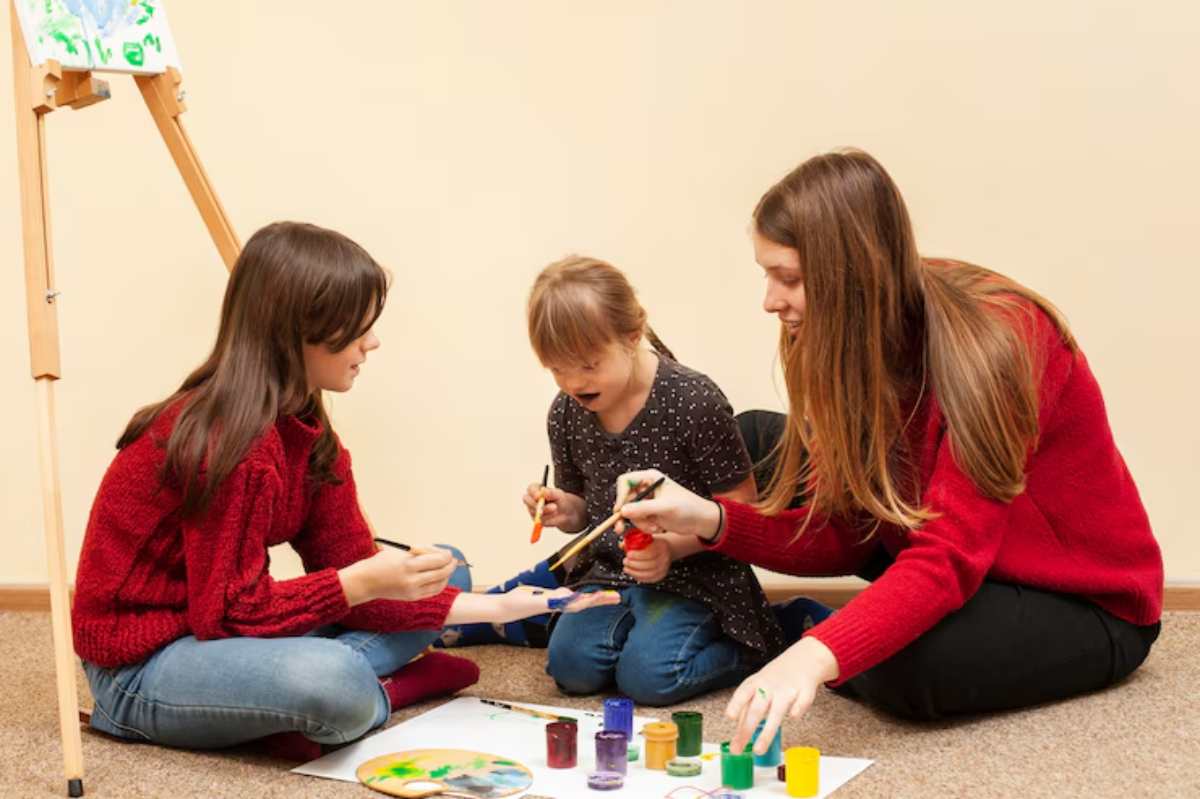
Blended Family Success: Tips for Smooth Transitions
Uniting two families is a mix of opportunity and complexity. Being intentional about communication will aid the journey of creating the new family. It can be helpful to stepchildren with new siblings or routines in a blended family, each step can count.
Blended families are different from traditional families. They have distinct feelings and backstories. This requires a measured approach. And that alone means each member will face new roles, new expectations, and new relationships. The transition can be tough. But with the right mindset and strategies, blended families can grow strong, resilient, and closely connected.
This blog shares real tips to help make transitions easier. It promotes harmony at home and strengthens family bonds for the long run.
Why It Matters
A Growing Reality
Blended families are on the rise. These families form when one or both partners have kids from past relationships. These families face many social, emotional, and logistical challenges. But these issues aren’t often talked about or understood.
Emotional Impact on Children and Adults
Transitions can bring up strong feelings for everyone involved. Children might mourn the change in their family setup. They may also feel torn between their biological parents and step-parents. Adults might struggle with unclear boundaries or unmet expectations.
Supporting these emotional shifts is vital for long-term emotional health and family cohesion. Addressing these realities early and honestly sets the stage for trust and connection.
Key Benefits of a Thoughtful Approach to Family Integration
1. Stronger Bonds and Mutual Respect
Building relationships in a blended family takes time. It helps create respect among children, step-parents, siblings, and co-parents.
Example: Regular family meetings that include all voices can create a sense of unity and collaboration.
2. Emotional Stability for Children

Children do best when they feel safe, understood, and heard. A well-managed transition helps reduce anxiety, behavioural issues, and feelings of isolation.
Pro tip: Keeping routines and honouring traditions can help kids feel secure during big changes.
3. Reduced Conflict and Misunderstandings
Establishing clear roles, boundaries, and expectations helps reduce friction. When everyone knows their role in the new setup, daily life gets easier and more predictable.
4. Healthy Co-Parenting Dynamics
A successful blended family often requires cooperation between biological and step-parents. Respect and shared goals in parenting lead to better long-term outcomes for children.
Additional Expert Tips & Common Mistakes to Avoid
Expert Tips for Blending Families Successfully
1. Go Slow and Be Patient
Relationships—especially with stepchildren—don’t develop overnight. Pushing for closeness too quickly can backfire. Let bonds form naturally over time.
Try: One-on-one activities that focus on shared interests, rather than forced bonding sessions.
2. Create New Family Traditions
Honouring old traditions matters, but making new ones helps build a shared identity. This might be as simple as a Friday movie night or annual family outings.
3. Maintain Open Communication
Encourage honest conversations, even when they’re difficult. Letting each family member share their concerns, questions, or feelings helps prevent misunderstandings and resentment.
Use phrases like:
- “How are you feeling about this change?”
- “Is there anything we could do differently to make this easier?”
4. Present a United Front
When parenting as a team, it’s important for biological and step-parents to align on house rules and discipline strategies. Discuss disagreements privately and avoid undermining each other in front of the children.
Common Mistakes to Avoid
Assuming Immediate Bonding
It’s unrealistic to expect an instant connection. Every family member has their own emotional timeline. Patience and empathy are key.
Overstepping Parental Roles Too Early
Step-parents may want to assert authority early on, but this can create tension. It’s often more effective to begin in a supportive, mentoring role and gradually step into more responsibility as trust develops.
Ignoring Children’s Emotional Needs
Kids might find it hard to express their feelings. This is especially true if they worry about letting their parents down. Pay attention to behaviour changes and create space for them to express themselves safely.
Not Including Everyone in Decisions
Older children often feel safer when included in family decisions that suit their age. This fosters ownership and eases resistance to change.
Advanced Insights and Expert Recommendations

Prioritise the Couple Relationship
In blended families, the couple is the anchor. But with the pressures of parenting and logistics, that bond can be strained. Spending time together, staying close, and solving conflicts with respect are key to a strong family.
Consider:
- Regular date nights
- Couples therapy to work through blended family challenges
- Shared check-ins to align on parenting goals
Support for Step-Parents
Step-parenting is a tricky balance. You want to help but don’t want to overstep. You love a child who might not always feel the same. It can also bring feelings of rejection or inadequacy.
Key strategies:
- Set realistic expectations
- Focus on building trust, not control
- Seek support through step-parenting groups or counselling
Involving Extended Family
Grandparents, aunts, uncles, and even family friends can all play a role in easing transitions. It’s important to communicate the family’s new structure to extended relatives and ask for support in fostering unity.
For example:
- Encourage them to include stepchildren in family gatherings
- Share guidelines on what terminology is comfortable (e.g., “bonus mom” instead of “stepmother” if preferred)
Navigating Co-Parenting with Exes
Good communication helps reduce tension, whether your ex is involved or not. Keep discussions focused on the child’s needs, and avoid using them as messengers between adults.
Tips for smoother co-parenting:
- Use written communication to avoid heated verbal exchanges
- Set regular check-ins for major decisions
- Stay consistent with schedules to reduce stress
Building a Family That Works for Everyone

Blended families don’t thrive by chance. They grow strong through intention, care, and ongoing effort. No one way to come together is better than another and no one family looks the same. Ultimately, the most important thing is that you are open to listen to each other, adjust, and grow together through the growing pains.
To smooth transitions is less about perfection and more about progress. Choosing your words carefully and being consistent are small actions. Over time, these can strengthen family bonds. It also helps create space for everyone’s feelings everyone feels connected.
Blending a family isn’t easy, but it is possible—and with the right tools, it can be deeply rewarding. You’re not just managing change; you’re building something new, something meaningful, and something that, with care, can last a lifetime.


